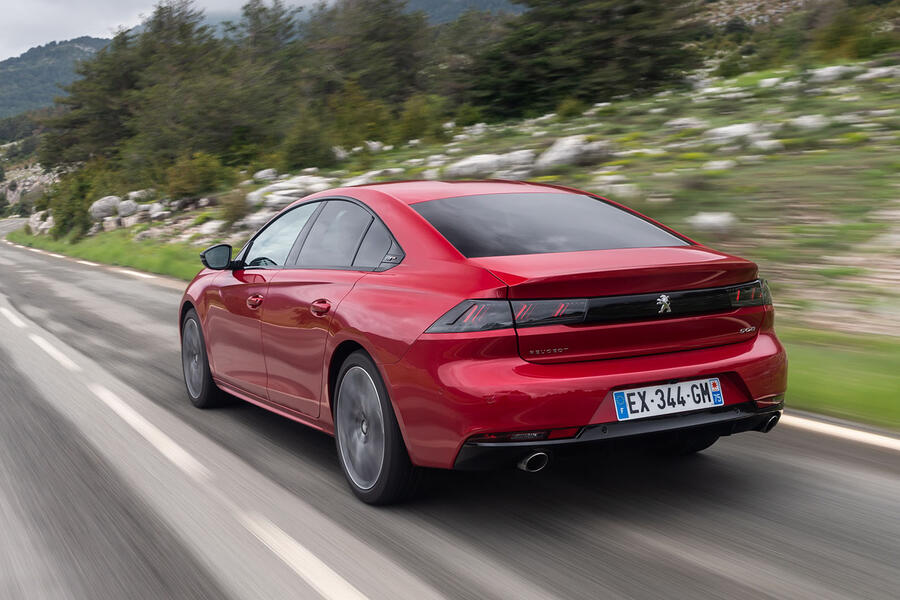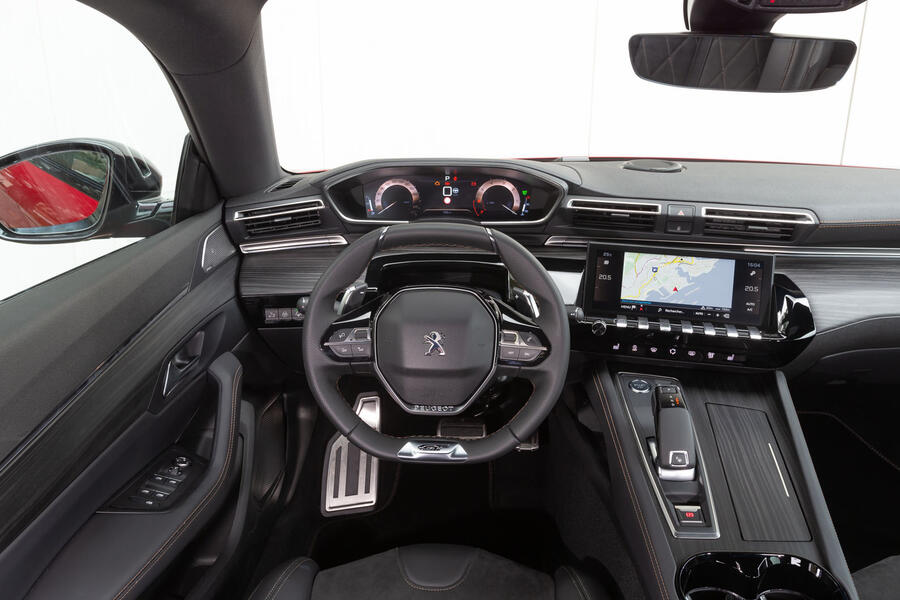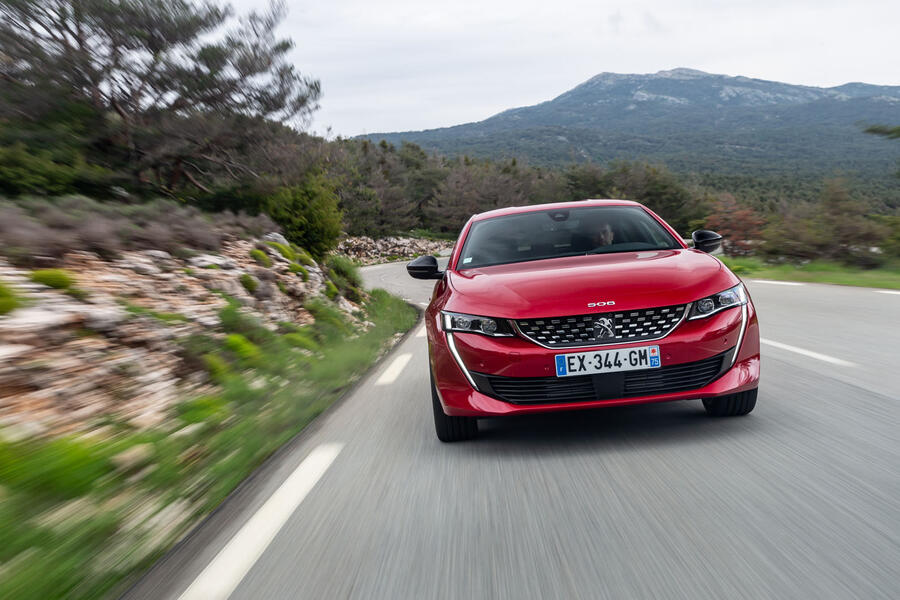What is it?
They used to be a really big deal, cars like the Peugeot 508 and its sort, the Ford Mondeo, Vauxhall Insignia, Renault Laguna. You know the type: big D-segment saloons and wagons, doyennes of company car fleets, discounted and flogged out to them for the sales reps. Nostalgic for those days? Suit jacket in the back window? Sales samples in the boot? Thirty-thousand motorway miles a year? Jumpers for goalposts? Mmm. Isn’t it?
Anyway, that was then, and this is now, and know this: Peugeot CEO Jean-Philippe Imparato doesn’t care. Doesn’t care, in fact, if you buy a Peugeot 508 at all. Seriously, he literally just told me as much: “The 508 will not affect my profit-and-loss,†he said. “Sixty per cent of profit is SUVs [and another 30% is in commercial vehicles], so I don’t need 50% of revenue from fleets, it’s not important. I don’t care. If I’m killing the pricing, then I’m killing the residual value.â€
Presumably he does care, a bit. This ‘D-segment’ – conservative saloons – is, worldwide, still one of the three most important market sectors. They love a boring big saloon in China, and even though we’ve gone off them in Europe, people still buy 1.5m of them a year here. But what he means is: he’s not going to beg you to buy a 508 by discounting it heavily through fleets. You want one? You buy one. You don’t? Fine, we’re not going to beg.
Already, apparently, for those who are more au fait with spreadsheets and residual value figures than I am, this approach is paying off. Peugeot has designed the 508 to be interesting to look at, to drive, and you’ll buy it in quantities that overcomes Europe’s perennial saloon oversupply problem. All of which sounds entirely reasonable.
Interesting to look at? I think so. Still a bit nosey, but it’s shorter than the 508 it replaces. At 4.75m long it’s quite a lot shorter than a Ford Mondeo and Skoda Superb (both pushing 4.9m). It’s low, too; at 1.4m a good couple of centimetres lower than most of the competition despite being on the same architecture as Peugeot’s bigger ‘008 SUVs. And now it’s a hatchback, albeit with a saloony rear deck, rather than being a straight saloon. Although they won’t use the word hatchback: instead it’s a fastback, or a five-door coupe-saloon, y’know, come on, it’s got frameless windows and everything.
OK, I’ll buy it: it’s a fastback now and there’ll be a station wagon (estate) later. What’s the catch, given the newfound compactness and rakishness? Well, although rear legroom is good and headroom reasonable, the boot’s 487 litres is more Audi A5 Sportback than Mondeo or Superb.
So Peugeot’s choice has not been to go big, it has been to go … what, premium? Kinda. While you can have any of a Mondeo, Superb or Insignia for under £20,000, no 508 is under £25,000 in the UK, it goes up to £37,000, and Imparato thinks most will be bought in the top two trim levels. Given that, and that more than two-thirds of them will still be bought by fleets, residuals will need to be solid. Which, possible though it might be, would be a something of a turn-up for a big French saloon, n’est-ce pas?
All 508s get a decent amount of tech and software, though mechanically they’re more straightforward: steel monocoque, with MacPherson struts at the front and a multi-link setup at the rear. Engines are 179bhp and 221bhp turbo 1.6-litre petrols, a 129bhp 1.5-litre diesel, and 161bhp and 174bhp 2.0 diesels. Only the 1.5 diesel gets a six-speed manual: the others can only be had with an eight-speed auto. Part electrification comes later but Peugeot is mostly eyeing efficient internal-combustion to get to the low CO2 averages it needs to by 2020.
We’ve tried the most powerful petrol and diesel, both on adaptive dampers - standard on top-spec GT models, optional otherwise. Imparato is bullish about the way the 508 drives. “If you drive this car you’ll buy it,†he says. Let’s see.


